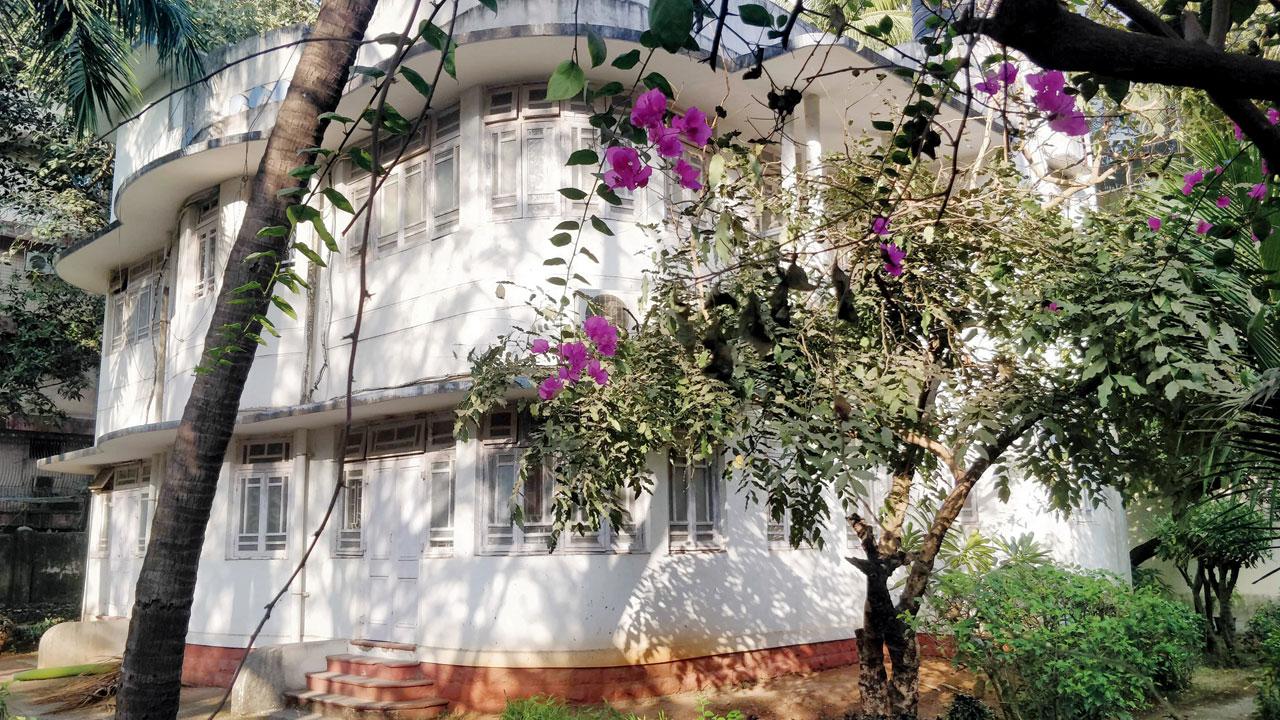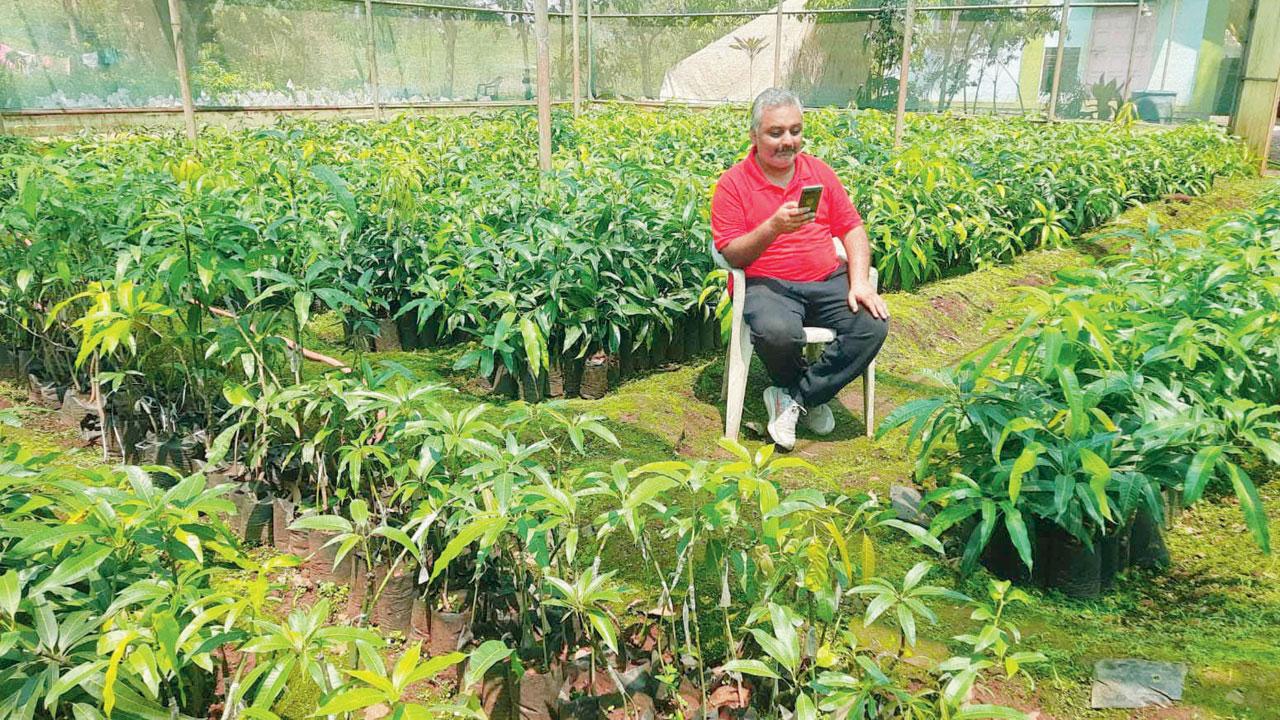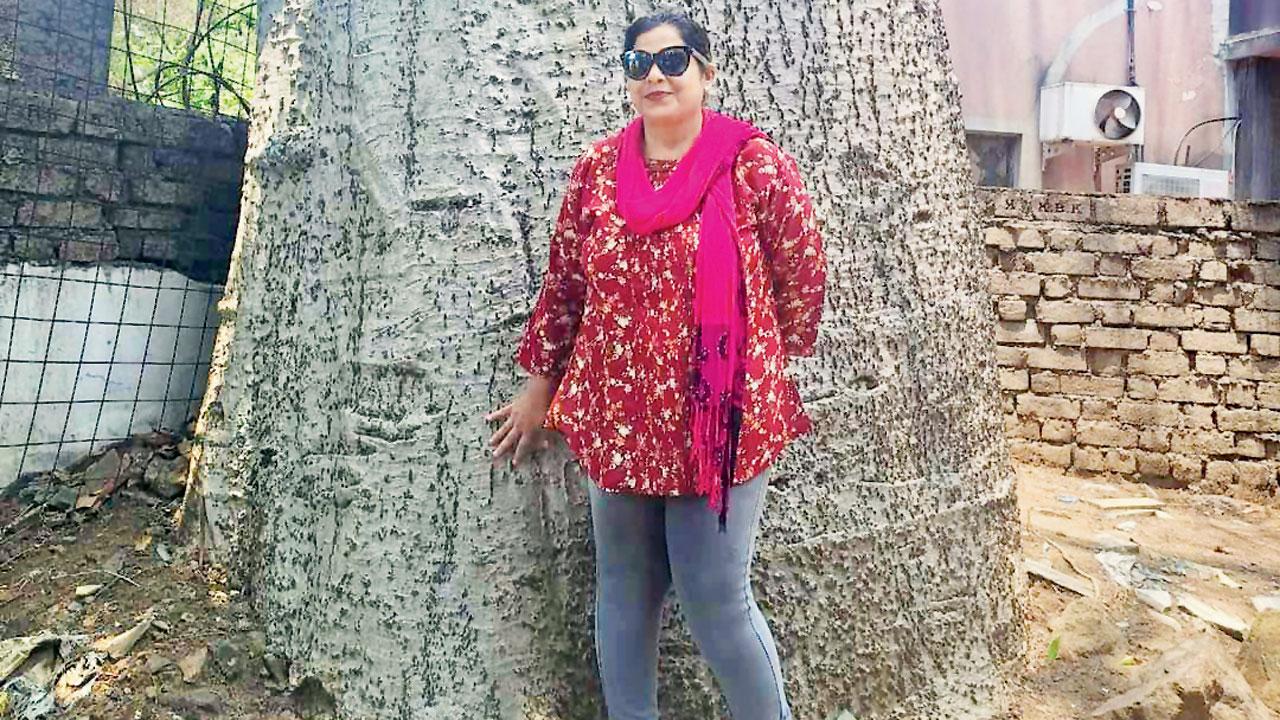The city - sliced, diced and served with a dash of sauce

Pic/Shadab Khan
Meh way or the highway
ADVERTISEMENT
Making for an amusing sight, a man waits for a train with his goats at the Chhatrapati Shivaji Maharaj Terminus.
Farewell, Felstead Villa
 The facade of Felstead Villa in Santacruz West. PIC COURTESY/ART DECO MUMBAI TRUST
The facade of Felstead Villa in Santacruz West. PIC COURTESY/ART DECO MUMBAI TRUST
Having braved 75 Mumbai monsoons, the Felstead Villa in Santacruz recently received a lavish property deal. The Art Deco bungalow, built in 1948, belonged to Daisy Louisa Rozario and stands tall on the land that’s part of the Gazdar Private Scheme. Atul Kumar, founder, Art Deco Mumbai Trust spotlighted how our hopes for the restoration of heritage structures leads us to take note of real pressures — maintenance costs and non-resident heirs — that propel decisions of redevelopment. About relentless redevelopment in the city, he noted, “When the tide turns, the lament will be all too late!”
Also Read: Mumbai Diary: Sunday Dossier
Seeding an idea

Mukherjee with mango plants in Murbad
The next time you eat a mango, remember to save the seed. Subhajit Mukherjee, founder of Mission Green Mumbai, is collecting mango seeds. The seeds will contribute to their plantation drive — conducted in association with the state’s Department of Agriculture — in Murbad, Thane. “We had organised the first drive in 2018. This year, we plan to plant one lakh mango trees. Once they grow, they will be donated to farmers across Maharashtra,” Mukherjee told us. If you want to make those gutlis count, drop a message on 9323942388.
This summer, doll up with a twist

Waldorf dolls that will be featured in the workshop
Next weekend, a unique workshop for educators, parents and therapists is coming to the Chhatrapati Shivaji Maharaj Vastu Sangrahalaya (CSMVS). Helmed by Sowmya Sarathy — who is a special educator, professional crafter and Waldorf kindergarten teacher — the session will focus on making these dolls that are known to nurture skills such as imaginative or role play in children.

The workshop is part of the museum’s month-long Summer Fest that includes other offerings on topics like farm school, mummy and baby yoga, Mars exploration, Indian games and undercover superheroes. About the curation, Vaidehi Savnal from CSMVS shared, “The Waldorf workshop intends to engage a larger collective — teachers, counsellors, parents and caregivers. We wanted to include diverse pedagogic tools and create ways in which the collective could immerse themselves in museum collections.”
Marol treasures its baobab

Every year on the second Sunday of May, the preserved ruins of St John the Baptist church in Marol are opened to the public. Marol resident Julie Shinde shared that it was built at Condita (today’s Kondivita) by a Portuguese-Indian Jesuit priest called Father Manuel Gomes back in 1579. Along with historic ruins, this premise houses a natural wonder — a baobab tree.
 Julie Shinde standing in front of the baobab tree in the Marol church compound
Julie Shinde standing in front of the baobab tree in the Marol church compound
Vandan Jhaveri (inset), assistant director, ecotourism, Mangrove Foundation explained that the baobab can be seen as remnants of Portuguese rule in Mumbai. “You will find approximately 150 to 200 Gorakh-chinch trees [its local term], especially in and around the early Portuguese settlements in Colaba, Bandra and Vasai,” Jhaveri revealed.
Not as easy as Do-re-me

When this diarist ran into singer Shankar Mahadevan at the premiere show of The Sound of Music in Bandra last week, he seemed thrilled by the musical spectacle. So it was no surprise that the trio, Shankar-Ehsaan-Loy, tried out the basics of the iconic composition on their return to the studio. They sat down to unravel the complex chords that go into the Rodgers and Hammerstein show tune, Do-re-mi.

Maria with the kids in the Broadway show, The Sound of Music
“It started when Loy [Mendonsa] asked me to play the chords. But by the fourth phase, I was quite lost,” shared Ehsaan Noorani (inset). “It is not a simple scale. The chromatic notes resolve into each other as they progress,” the guitarist explained. While many might recall the song as a simple childhood ditty, the composer remarked, “The transitions are far more complex, and the larger composition takes over. It shows you how much of the illusion we are under. We get into a habit of singing in a particular way and think that is the way the song is sung.”
 Subscribe today by clicking the link and stay updated with the latest news!" Click here!
Subscribe today by clicking the link and stay updated with the latest news!" Click here!







